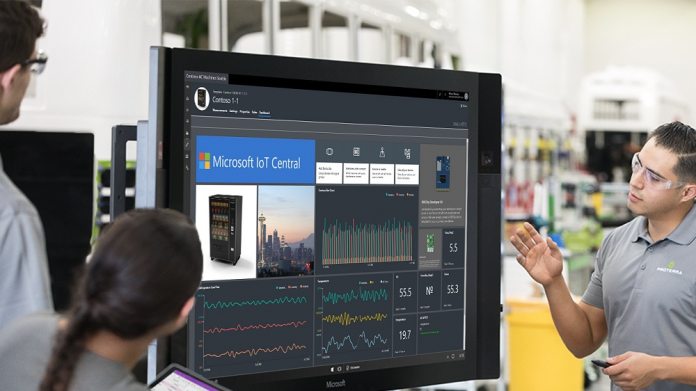The company is introducing new servicing paths. To aid in management of long-term IoT solutions, Microsoft has announced two channels. The Semi-Annual channel gives new fuctionality twice per year, where the LTSC gives only security and quality updates for two years. For commerical customers, this is a useful distinction. Businesses thrive on their software and hardware’s ability to be stable and secure. This is particularly true in IoT, with consumer-facing devices like self-checkout, ATMs, and more.
Machine Learning and Azure IoT Edge Integrations
However, Microsofts’s efforts with machine learning are clearly a lot more exciting. The company is enabling hardware accelerated machine learning, meaning less reliance on the cloud. Via Windows Machine Learning, developers will be able to train models in the cloud but evaluate them locally, on device. “Local evaluation on devices running Windows 10 IoT helps mitigate concerns of connectivity, bandwidth and data privacy,” explains Dan Harman, principal program manger, Windows IoT. “With Windows ML, developers can write machine learning models in the industry standard Open Neural Network Exchange (ONNX) format and accelerate inferencing using the CPU or DirectX 12-capable GPU from any vendor, enabling lower cost hardware platforms from a variety of vendors.” In that vein, Microsoft is also bringing “seamless integration” with Azure IoT Edge, it’s fully managed service for local cloud intelligence. Developers can deploy IoT Edge modules remotely to edge devices on Windows 10 IoT Core or Enterprise. Finally, Microsoft is adding support for NXP silicon, improving kiosk assigned access, and much, much more. In many ways it’s a bigger update than regular Windows 10, and is well worth checking out on the Windows blog.




